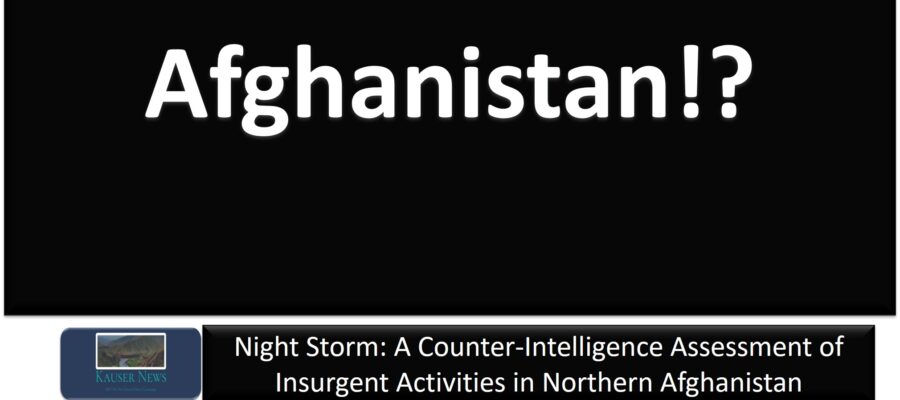By Kauser News Agency Counter-Intelligence Department
This article examines the emergent threat of coordinated insurgent activities, referred to as “Night Storm,” in northern Afghanistan. The operation is attributed to ISIS-K and affiliated insurgent groups. Intelligence indicates a strategic effort to exploit growing tensions within the Taliban leadership and capitalize on regional instability.
The northern provinces of Afghanistan have historically been a locus of insurgent activity, owing to their strategic importance and porous borders. Recent reports from Kauser News Agency’s Counter-Intelligence Department suggest that a coalition of insurgent groups, including ISIS-K, is poised to launch a coordinated offensive named “Night Storm.”
This operation represents a calculated move to destabilize the region further, leveraging internal divisions within the Taliban and their allies, such as the Haqqani Network.
The Emerging Threat: Night Storm
Preliminary intelligence suggests that “Night Storm” is a multi-faceted insurgent campaign orchestrated by ISIS-K and other extremist factions. This coalition has reportedly solidified its position in northern Afghanistan, taking advantage of the relative peace to regroup and strategize. Key elements of this threat include:
- Strategic Objectives:
- Seizing control of critical northern territories to establish a foothold.
- Undermining Taliban governance by highlighting their inability to maintain security.
- Recruiting disaffected locals and leveraging regional instability.
- Operational Tactics:
- Nighttime guerrilla warfare aimed at disrupting supply chains and communication networks.
- Targeted attacks on key infrastructure and Taliban-aligned officials.
- Psychological operations to incite fear and erode public confidence in local authorities.
Internal Taliban Dynamics:
The Taliban are currently facing internal discord, particularly between their central leadership and the Haqqani Network. This rift presents a critical vulnerability. Analysts predict that the escalating tensions could culminate in an armed confrontation, thereby creating an ideal environment for Night Storm operatives to strike.
Implications for Regional Stability:
If Night Storm succeeds in its objectives, the consequences could be profound:
- Security Vacuum: A weakened Taliban could lead to a broader collapse of governance, paving the way for further insurgent advances.
- Regional Spillover: Instability in northern Afghanistan risks destabilizing neighboring countries, particularly those with vulnerable border regions.
- Humanitarian Crisis: Renewed conflict could displace thousands, exacerbating an already dire humanitarian situation.
Countermeasures and Recommendations:
To mitigate the threat of Night Storm, coordinated efforts are essential:
- Enhanced Intelligence Sharing: Regional powers and international agencies must collaborate to monitor and disrupt insurgent networks.
- Strengthening Local Governance: Empowering local leaders and communities to resist insurgent influence is crucial.
- Addressing Internal Divisions: The Taliban must resolve their internal conflicts to present a united front against external threats.
The Night Storm operation underscores the persistent volatility of Afghanistan’s security landscape. As ISIS-K and other insurgent groups prepare to exploit the region’s fragility, urgent action is required to counter their advance. Failure to address this emerging threat could plunge Afghanistan into a deeper cycle of violence and instability.




